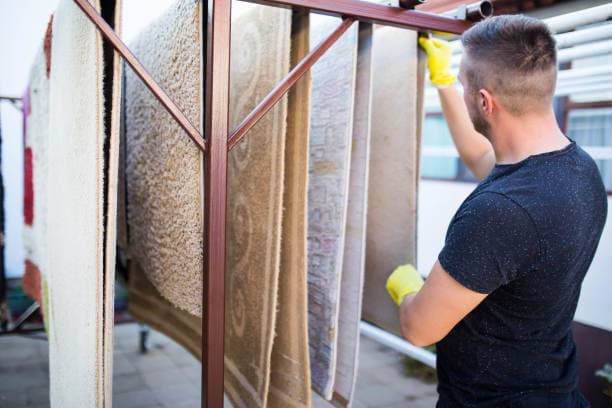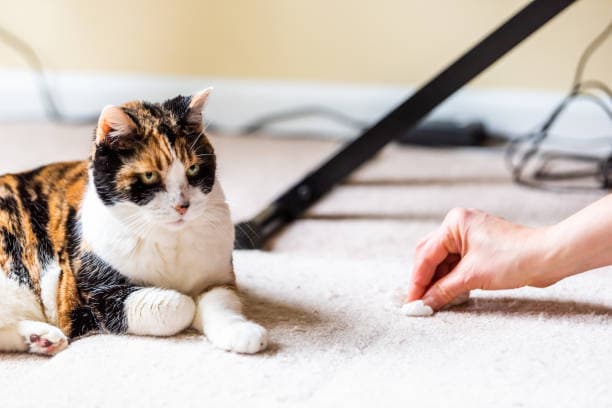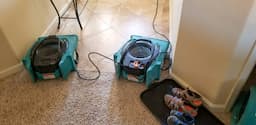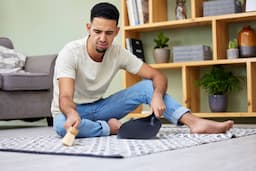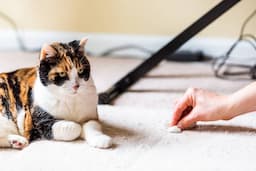Carpets are a staple in many homes and commercial spaces, offering comfort, insulation, and aesthetic appeal. However, they are also prone to absorbing moisture from spills, leaks, or floods. When carpets get wet, drying them quickly is essential to prevent mold growth, unpleasant odors, and structural damage. But should you dry your carpet yourself or hire a professional? In this article, we will explore the pros and cons of DIY carpet drying versus professional carpet drying to determine which method works best.
Understanding Carpet Drying
Carpet drying is the process of removing moisture from the carpet fibers, padding, and subfloor. Proper drying prevents:
- Mold and mildew growth: These thrive in damp environments and can pose health risks.
- Odors: A wet carpet can develop a musty smell that lingers.
- Structural damage: Excess moisture can weaken the carpet backing and damage the subfloor.
- Discoloration and stains: Water can cause dye bleeding and permanent marks.
Factors Affecting Carpet Drying
Several factors influence how quickly and effectively a carpet dries:
- Extent of Moisture: A minor spill dries faster than a soaked carpet due to flooding.
- Humidity Levels: High humidity slows down evaporation.
- Air Circulation: Good airflow speeds up drying.
- Carpet Material: Some carpets retain water longer than others.
- Drying Equipment: Fans, dehumidifiers, and industrial dryers impact drying efficiency.
Now, let's compare DIY and professional carpet drying to determine the best approach.
DIY Carpet Drying
How to Dry a Carpet Yourself
If you choose to dry your carpet yourself, follow these steps:
- Remove Excess Water: Use towels or a wet/dry vacuum to extract as much water as possible.
- Improve Air Circulation: Open windows, turn on fans, and use dehumidifiers to speed up drying.
- Use Baking Soda or Absorbents: Sprinkle baking soda over the wet area to absorb moisture and odors.
- Lift the Carpet: If necessary, detach a portion of the carpet to allow airflow underneath.
- Monitor for Mold: Check for signs of mold and mildew as the carpet dries.
Pros of DIY Carpet Drying
- Cost-Effective: No need to pay for professional services.
- Convenient: Immediate action can be taken without waiting for an appointment.
- Good for Small Spills: Works well for minor water exposure.
Cons of DIY Carpet Drying
- Time-Consuming: Drying a wet carpet without professional equipment can take several days.
- Risk of Mold Growth: If not dried properly, hidden moisture can lead to mold.
- Limited Equipment: Household fans and dehumidifiers may not be powerful enough for severe cases.
- Potential Damage: Incorrect drying methods can cause carpet shrinkage or fiber damage.
Professional Carpet Drying
How Professionals Dry Carpets
Carpet cleaning professionals use advanced techniques and equipment, including:
- High-Powered Water Extraction: Industrial vacuums remove excess moisture efficiently.
- Air Movers & Dehumidifiers: Specialized equipment speeds up drying by improving airflow and reducing humidity.
- Carpet Lifting & Padding Replacement: If necessary, they lift the carpet and replace the padding.
- Anti-Microbial Treatment: Professionals apply mold-prevention solutions to inhibit bacterial growth.
- Moisture Detection Tools: Advanced tools detect hidden moisture in the carpet and subfloor.
Pros of Professional Carpet Drying
- Fast & Efficient: Industrial-grade equipment dries carpets quickly and thoroughly.
- Prevents Mold Growth: Professionals ensure complete moisture removal, reducing health risks.
- Minimizes Damage: Experts use proper techniques to prevent fiber shrinkage or distortion.
- Expert Assessment: Professionals can identify hidden issues and suggest solutions.
- Insurance Assistance: Some services help with insurance claims in cases of water damage.
Cons of Professional Carpet Drying
- Cost: Hiring professionals can be expensive, especially for emergency services.
- Availability: Immediate assistance may not always be available.
- Access to Services: Some areas may have limited professional carpet drying options.
Comparing DIY vs. Professional Carpet Drying
| Feature | DIY Carpet Drying | Professional Carpet Drying |
|---|---|---|
| Cost | Low | High |
| Drying Time | Slow | Fast |
| Effectiveness | Moderate | High |
| Risk of Mold | High | Low |
| Equipment Quality | Basic | Advanced |
| Expertise Required | Moderate | Expert knowledge |
When to Choose DIY vs. Professional Carpet Drying
Opt for DIY If:
- The spill or leak is small and manageable.
- You have access to fans and dehumidifiers.
- The humidity levels are low, allowing for natural evaporation.
- You are willing to monitor the drying process carefully.
Opt for Professional Drying If:
- The carpet is heavily soaked (e.g., flood damage or burst pipes).
- There is a risk of mold growth.
- You want faster and more effective drying.
- The carpet covers a large area, making DIY impractical.
- The damage is covered by insurance.
Tips for Preventing Future Carpet Water Damage
- Use Water-Resistant Carpet Pads: These reduce moisture absorption.
- Fix Leaks Immediately: Address plumbing issues promptly.
- Control Humidity Levels: Use a dehumidifier in damp environments.
- Clean Up Spills Quickly: Prevent water from seeping into carpet fibers.
- Schedule Professional Cleanings: Deep cleaning helps remove hidden moisture and dirt.
Conclusion
Both DIY and professional carpet drying methods have their advantages and drawbacks. DIY drying is cost-effective and suitable for small spills, but it requires time and effort. Professional carpet drying, while more expensive, ensures faster and more thorough moisture removal, preventing long-term damage.
If your carpet has been heavily soaked or if mold is a concern, hiring a professional is the best choice. However, for minor water exposure, a diligent DIY approach can be effective. The key is to act quickly, use the right tools, and monitor the drying process carefully to avoid lasting damage to your carpet and home.
Would you choose DIY or professional carpet drying for your needs? Let us know your thoughts!
